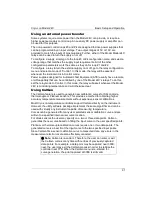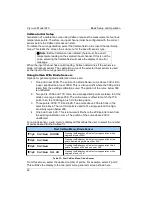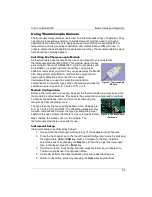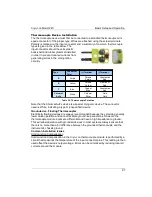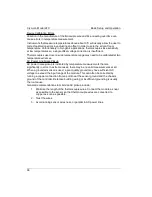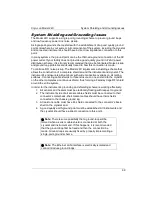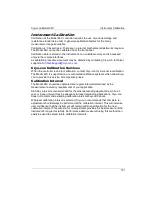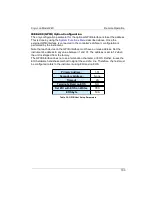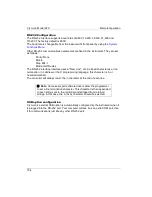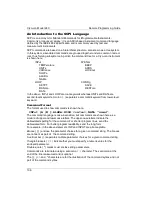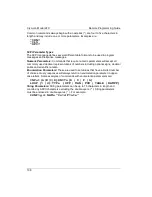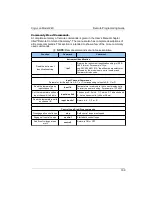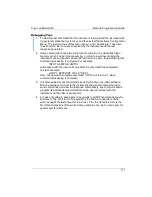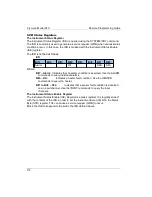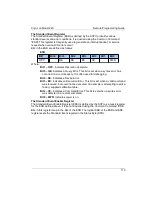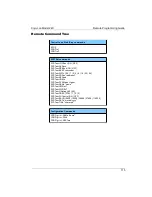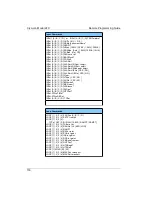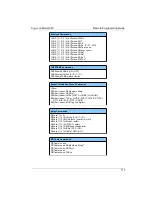
Cryo-con Model 24C
Remote Programming Guide
Remote Programming Guide
General Overview
The IEEE-488.2 SCPI remote interface language is common to all Cryo-con products.
Since the language supports both simple and advanced functions, it may initially
seem complex. However, the use of English language keywords and a consistent
tree-structured architecture make it easy to read and learn.
Language Architecture
The programming language used by all Cryo-con instruments is described as follows:
●
The industry standard SCPI language defined by the IEEE-488.2 standard is
used. Therefore, anyone with experience in test and measurement will find it
familiar.
●
All Cryo-con instruments use the same language and future instruments will
continue in the same fashion. Therefore, your investment in system software
will not be lost when a product is revised or replaced.
●
Keywords used in commands are common English words, not cryptic
acronyms. This makes command lines easy to read and understand, even for
someone that is not familiar with the instrument.
●
The SCPI is a 'tree structured' language where commands are divided into
groups and associated commands into sub-groups. This architecture
simplifies composing commands and improves readability.
Purpose
If the user's intent is to remotely program a Cryo-con instrument with fairly simple
sequences, skip to the section titled
Commonly Used Commands
. This is a simple
cheat-sheet format list of the commands that are most frequently used.
For an advanced user familiar with the SCPI programming language, the section titled
Remote Command Descriptions
is a complete reference to all commands.
If you are unfamiliar with the SCPI language, but it is necessary to perform advanced
programming tasks, SCPI is introduced in the next section.
For all users, the section titled "
Debugging Tips
" is often helpful and the "
Remote
Command Tree
" is a single page listing that shows the syntax of each command.
105

